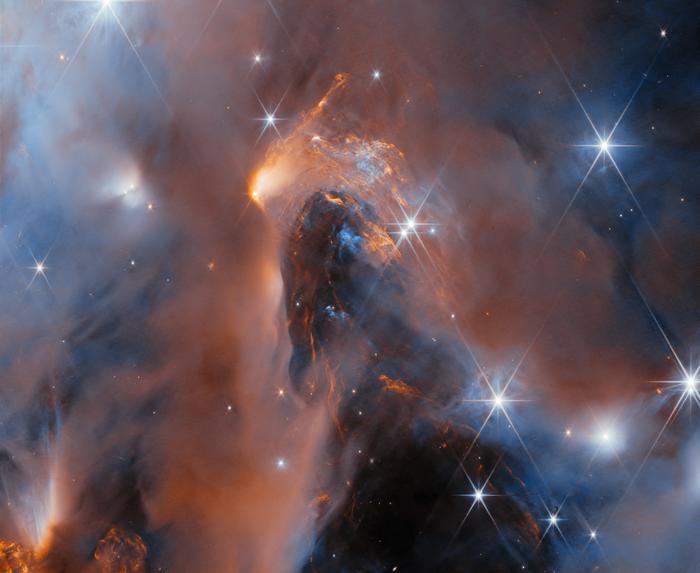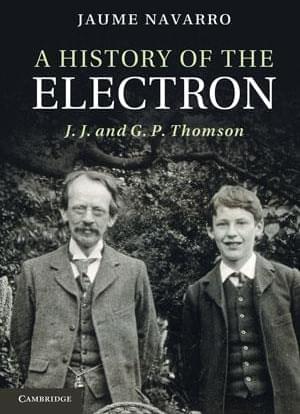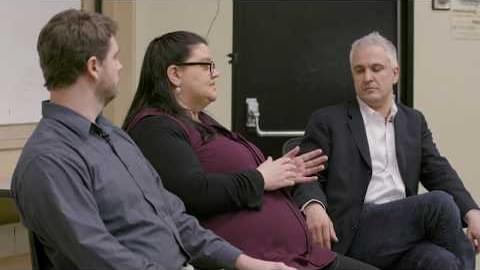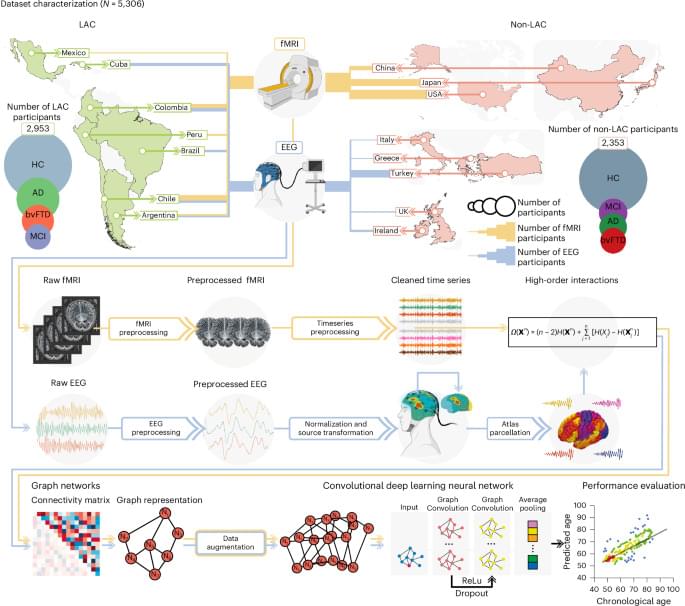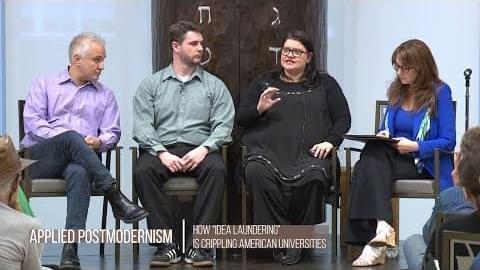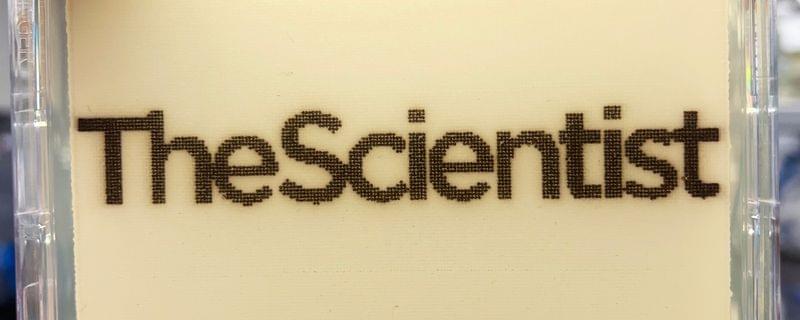Aug 27, 2024
James Webb Space Telescope Uncovers Six Likely Rogue Worlds with Dusty Disks
Posted by Laurence Tognetti, Labroots Inc. in categories: evolution, space
“Those tiny objects with masses comparable to giant planets may themselves be able to form their own planets,” said Dr. Aleks Scholz.
What can rogue planets teach us about the formation and evolution of stars and planets? This is what a recent study published in The Astronomical Journal hopes to address as an international team of researchers investigated NGC 1,333, which is a star-forming cluster located just under 1,000 light-years from Earth. This study holds the potential to help scientists better understand the formation and evolution of stars and planets while challenging previous hypotheses about these processes.
“We are probing the very limits of the star forming process,” said Dr. Adam Langeveld, who is an assistant research scientist at Johns Hopkins University and lead author of the study. “If you have an object that looks like a young Jupiter, is it possible that it could have become a star under the right conditions? This is important context for understanding both star and planet formation.”
Continue reading “James Webb Space Telescope Uncovers Six Likely Rogue Worlds with Dusty Disks” »
